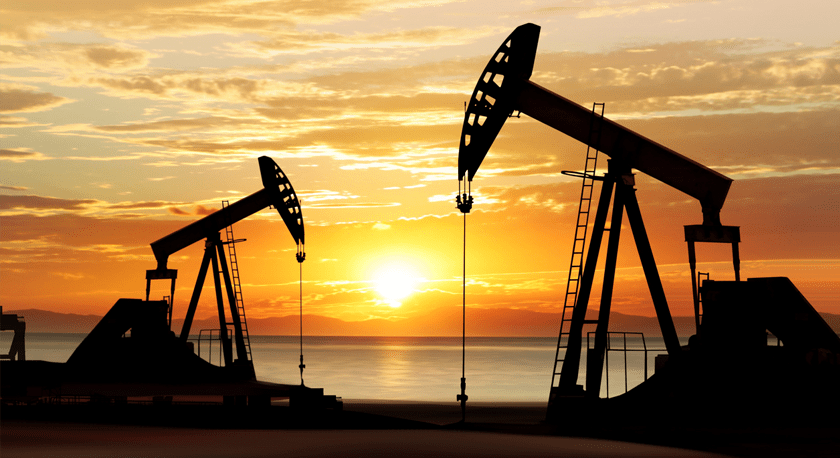2.3.3 Separation
Some wells have pure gas
production which can be
taken directly for gas
treatment and/or
compression. More often,
the well produces a
combination of gas, oil and
water, with various
contaminants that must be
separated and processed.
The production separators
come in many forms and
designs, with the classic
variant being the gravity
separator. Photo: JL Bryan
Oilfield Equipment
In gravity separation, the well flow is fed into a horizontal vessel. The
retention period is typically five minutes, allowing gas to bubble out, water to
settle at the bottom and oil to be taken out in the middle. The pressure is
often reduced in several stages (high pressure separator, low pressure
separator, etc.) to allow controlled separation of volatile components. A
sudden pressure reduction might allow flash vaporization leading to
instability and safety hazards.
15
2.3.4 Metering, storage and export
Most plants do not allow
local gas storage, but oil
is often stored before
loading on a vessel, such
as a shuttle tanker taking
oil to a larger tanker
terminal, or direct to a
crude carrier. Offshore
production facilities
without a direct pipeline
connection generally rely
on crude storage in the
base or hull, allowing a
shuttle tanker to offload about once a week. A larger production complex
generally has an associated tank farm terminal allowing the storage of
different grades of crude to take up changes in demand, delays in transport,
etc.
Metering stations allow operators to monitor and manage the natural gas
and oil exported from the production installation. These employ specialized
meters to measure the natural gas or oil as it flows through the pipeline,
without impeding its movement.
This metered volume
represents a transfer of
ownership from a producer
to a customer (or another
division within the
company), and is called
custody transfer metering.
It forms the basis for
invoicing the sold product
and also for production
taxes and revenue sharing
between partners.
Accuracy requirements are
often set by governmental authorities.
Typically, a metering installation consists of a number of meter runs so that
one meter will not have to handle the full capacity range, and associated
prover loops so that the meter accuracy can be tested and calibrated at
regular intervals.
16
2.3.5 Utility systems
Utility systems are systems which do not handle the hydrocarbon process
flow, but provide some service to the main process safety or residents.
Depending on the location of the installation, many such functions may be
available from nearby infrastructure, such as electricity. Many remote
installations are fully self-sustaining and must generate their own power,
water, etc.






0 Comments